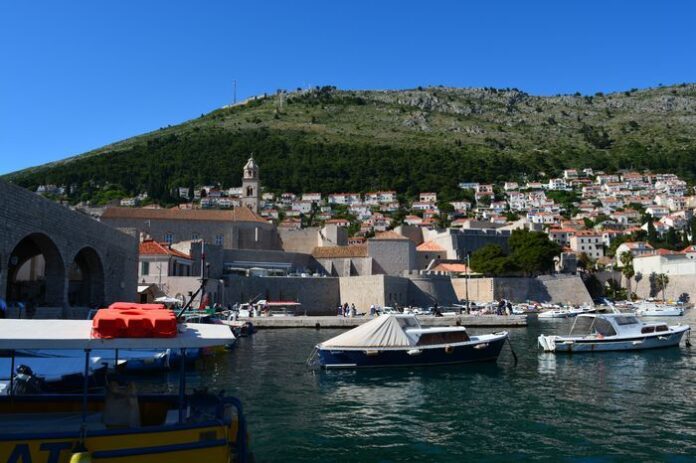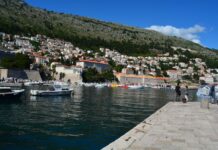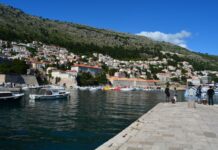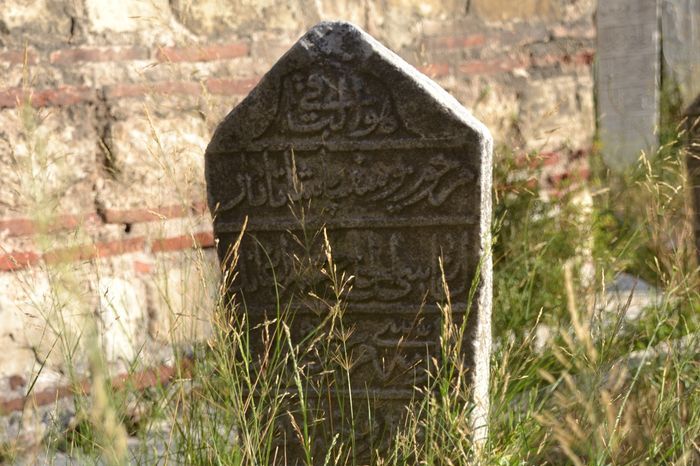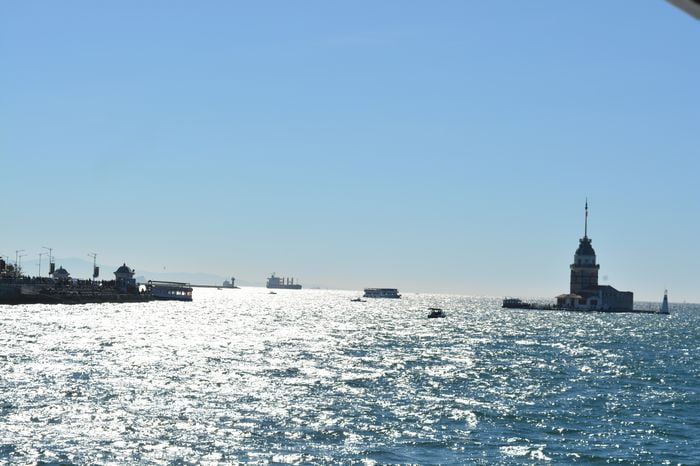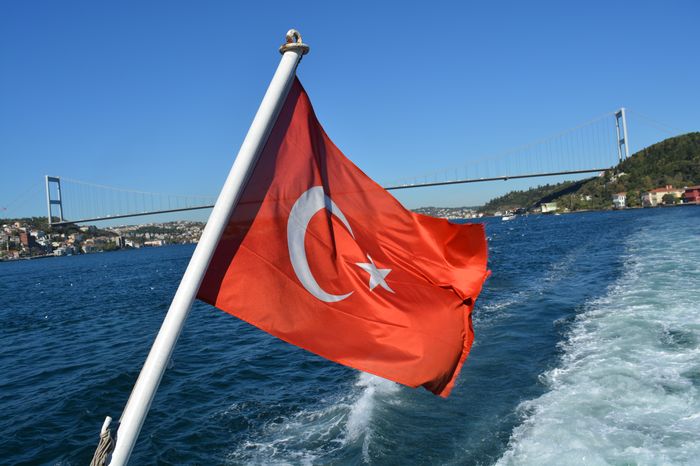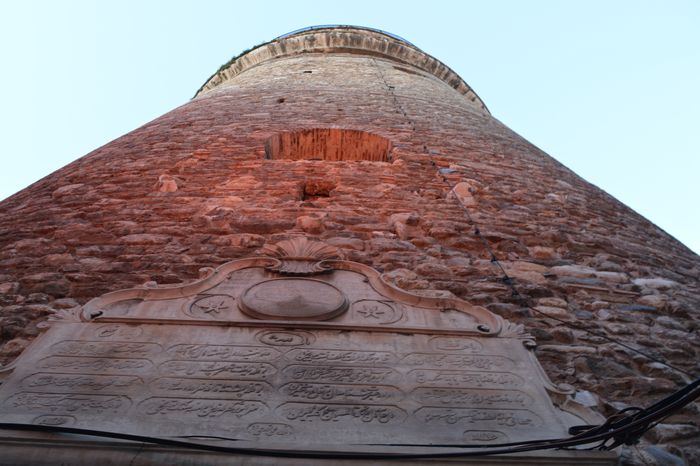During the siege of Constantinople in 1453, the Turkish forces attacked the city’s defenses relentlessly. Two towers of the Inner Wall and a large section of the Outer Wall were severely damaged by the Turkish cannon. The enemy also filled the moat with earth and stones, creating a pathway into the city whenever a breach in the wall was made The Gate of Charisius.
Giustiniani’s Defense Efforts
In response, Giustiniani, a Genoese commander, worked tirelessly to repair the breach in the Outer Wall. He built a palisade, covering it with hides in front for protection. Behind it, he built a rampart made of stones, earth, branches, and herbs, all held together with mortar. He also created a trench between this barrier and the Inner Wall, attempting to replace the moat that had been filled by the enemy. To maintain contact with the city, he opened a postern (a small door) in the great wall.
Repeated Assaults and a Turning Point
Despite Giustiniani’s efforts, the Turkish forces launched repeated attacks with all their strength and fury, each time being pushed back. As more sections of the walls—both Inner and Outer—fell under the power of Turkish artillery, Sultan Mehmed II decided to make a final, large-scale attack at daybreak on May 29, 1453 Customized Guided Sofia Tours.
The Sultan personally directed the assault on the Mesoteichion (the middle wall section), but the Byzantine defenders continued to hold strong. However, the tide turned when Giustiniani was struck by a Turkish missile and forced to leave the battlefield. His soldiers, demoralized and leaderless, abandoned their positions, leaving their comrades to face the Turks alone.
The Final Breakthrough
The Sultan, seeing the change in the situation, encouraged his Janissaries (elite soldiers) to make a final push. They charged forward, broke through the barricade, and filled the trench with the bodies of the defenders. The Janissaries pushed on, entering the city through every available opening. Some entered through the breach in the great wall, others through the postern that Giustiniani had opened, and some made their way through a pile of dead bodies that blocked the Gate of Charisius.
The Fall of Constantinople
The heroic Emperor Constantine XI refused to flee, choosing instead to die defending his city. He was killed near the Gate of St. Romanus, as the city fell into the hands of the Turks. Sultan Mehmed II entered the city at around midday, becoming the master of Constantinople. The fall of the city marked the end of the Byzantine Empire and the beginning of a new era.
The End of an Era
The siege of Constantinople in 1453 was a pivotal moment in history. It marked the end of one of the longest-standing empires in the world, and the city of Constantinople, known as the heart of the Byzantine Empire, became the capital of the Ottoman Empire. The defense, led by the brave Emperor Constantine and his generals like Giustiniani, became a symbol of courage and sacrifice, though ultimately, the city was overwhelmed.
